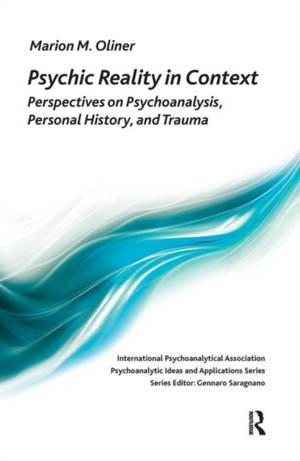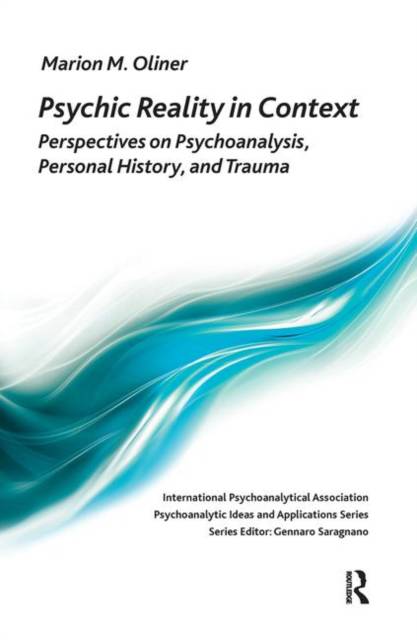
- Afhalen na 1 uur in een winkel met voorraad
- Gratis thuislevering in België vanaf € 30
- Ruim aanbod met 7 miljoen producten
- Afhalen na 1 uur in een winkel met voorraad
- Gratis thuislevering in België vanaf € 30
- Ruim aanbod met 7 miljoen producten
Zoeken
Psychic Reality in Context
Perspectives on Psychoanalysis, Personal History, and Trauma
Marion Michel Oliner
€ 175,95
+ 351 punten
Omschrijving
This book skillfully combines autobiographical stories with clear psychoanalytical theories. During her childhood, the author experienced the Holocaust and was left understandly traumatised by it. It was her desire to confront this trauma that led her to psychoanalysis. For decades, the coherence of psychoanalysis seemed to be threatened by the conflicting thinking of many psychoanalytical colleagues about trauma and trauma affect, and also about the influence of external reality on the psychic reality discovered by Freud. However, the author counters this potential conflict with her innovative theoretical integration, combined with remarkable conceptual outcomes and treatment techniques. This book spans the author's work over the last fifteen years on the impact of external reality on psychic reality. During this period many analysts, especially in the English-speaking countries and Germany, where historic events loomed large in the lives of their patients, have turned from the exclusive emphasis on psychic reality to greater attention to the traumatic impact of external reality.
Specificaties
Betrokkenen
- Auteur(s):
- Uitgeverij:
Inhoud
- Aantal bladzijden:
- 192
- Taal:
- Engels
- Reeks:
Eigenschappen
- Productcode (EAN):
- 9780367101510
- Verschijningsdatum:
- 5/07/2019
- Uitvoering:
- Hardcover
- Formaat:
- Genaaid
- Afmetingen:
- 157 mm x 231 mm
- Gewicht:
- 430 g

Alleen bij Standaard Boekhandel
+ 351 punten op je klantenkaart van Standaard Boekhandel
Beoordelingen
We publiceren alleen reviews die voldoen aan de voorwaarden voor reviews. Bekijk onze voorwaarden voor reviews.











